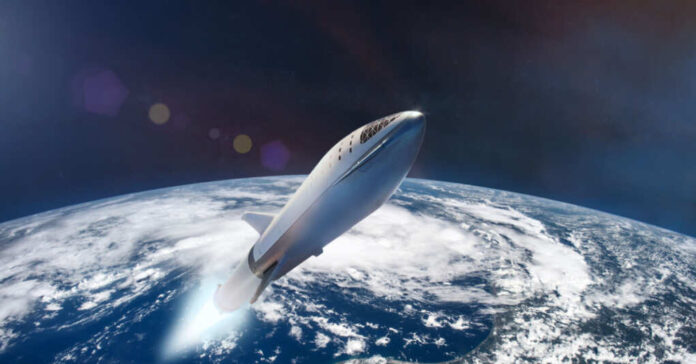
For years, human beings have been deeply entrenched in the battle for space superiority. From being the first to put a man on the moon, to the best satellite in space, countries have been competing to be the biggest and to be the best. To Elon Musk, this is his calling.
Musk and his SpaceX brand were the first to bring the idea of returning booster packs for rockets and spaceships safely back to Earth. While not perfect from the start, they learned a lot about the process and have perfected their approach and way of safely returning to Earth. By saving NASA and the American taxpayer millions of dollars with this innovation, he and SpaceX have become the go-to answers for space exploration in the US.
Now with the nearly 400-ft tall “Starship,” Musk and SpaceX are ready to continue the US dominance of space exploration.
With nearly twice the thrust of any other rocket in history, this crowning achievement will be launched from Boca Chica, TX. Once it has launched, it will shoot toward the heavens. When it has reached the unreleased height, Starship will detach the boosters (for safe return) with Starship pivoting and then carrying on Easterly to complete just under a full trip around the globe.
Starship has had the upper portions of the rocket used in flight before, but the launch will be the first time the two have been joined together. Multiple ignition tests of the lower portion of the rocket have been conducted, but each time it was secured to the earth to prevent lift-off. Each of these tests has proven fully successful.
For what it’s worth, Musk has tried to keep expectations low for the first test first of the full Starship system. “It’s the first launch of a very complicated, gigantic rocket, so it might not launch. We’re going to be very careful, and if we see anything that gives us concern, we will postpone the launch.”
This statement came to fruition on April 17th, when a pressurant valve was frozen, with Musk and SpaceX choosing to unload the payload to safely address the problem and wait for another day. With at least a 48-hour wait ahead of them, the team from SpaceX will use this time to better the rocket, and triple-check each system as they await the proper time to launch.
In the mind of Musk and many others in NASA and space exploration in general, Starship represents something incredibly special. With the goal of full and fast reuse of the rocket, they want to make going to space as easy as catching the 3:45 from NYC’s JFK to London’s Heathrow Airport.
Given the failure point in the lower-stage booster (appropriately named Super Heavy), they have identified some unique and potentially critical challenges with the rocket. While the launch for April 17th was supposed to be a smaller push initially, the first re-launch was expected to check in at 90% power. This would produce close to 70 meganewtons, or more than 100 times the force required to launch the supersonic Concorde jets from the runway.
The initial plan was to fire the 33 rocket engines to fire the rocket up and across the Gulf of Mexico for just under three minutes. Next, the rocket would separate into two parts, with the top portion continuing for roughly another six and a half minutes. At this point, the rocket would n be 100km over the earth and crossing the Caribbean.
Meanwhile, the Super Booster would fly back near the Texas coast, hover over the waters of the Gulf, then topple over and sink. After about 90 minutes, the top half would come crashing down in a bellyflop-like manner just north of Hawaii. While not the full “use and return to reuse” idea Musk has in mind, it gets the American flight program a quarter of the way there, and that is much closer than we have ever been as a nation.











